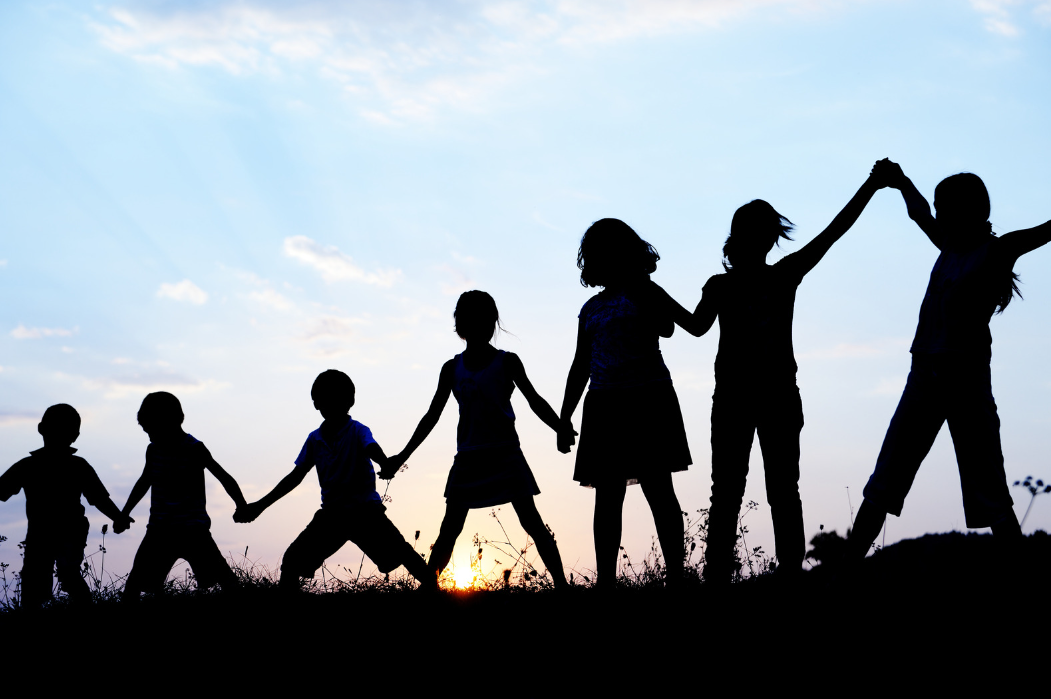 The head of Illinois’ Medicaid program told lawmakers Wednesday they are working “really hard and scrambling” on an application to receive a slice of $50 billion in federal funds to support rural health providers affected by the recent tax and spending plan. [Health News Illinois]
The head of Illinois’ Medicaid program told lawmakers Wednesday they are working “really hard and scrambling” on an application to receive a slice of $50 billion in federal funds to support rural health providers affected by the recent tax and spending plan. [Health News Illinois]
Department of Healthcare and Family Services Director Elizabeth Whitehorn told members of the Appropriations-Health and Human Services Committee that the application to the Centers for Medicare and Medicaid Services will highlight the state’s funding needs.
Applications are due by Nov. 5, with winners to be announced by the end of the year.
Whitehorn said the first $25 billion will be awarded to all states that submit an approved application. The second $25 billion will be allocated based on a “complex rubric of factors” that includes rural data and other policies that align with the Trump administration.
“We have been working really hard and scrambling to pull together an application that is reflective of what our stakeholders in Illinois have identified as needed in rural areas, and is responsive to the (notice of funding opportunity) so that we can bring in as much funding as possible to Illinois,” she said.
The application has been crafted through written public comments from over 100 organizations and other stakeholders, Whitehorn said, as well as public listening sessions and calls with organizations affected by the federal cuts.
However, she stressed the funds are far from what is needed to make up for the loss of funds that rural providers are expected to see as part of the cuts to the Medicaid program and other federal reductions.
In order to replace the anticipated state provider tax revenue reductions and loss of federal financial support, Whitehorn said Illinois’ General Revenue Fund contribution to the Medicaid program would need to increase by $1.7 billion annually by the 2031 fiscal year.
She noted a KFF report that found Illinois will be the hardest-hit state by the provider tax changes.
Whitehorn said they are working with Gov. JB Pritzker’s office, the Department of Human Services and other agencies and partners to build an operational plan that aligns with the efforts to implement work requirements for the Supplemental Nutrition Assistance Program, which are set to go into effect in December.
“The principles that will guide us through implementation… (are) ensuring Illinoisans receive and maintain the healthcare coverage and benefits they qualify for, ensuring the Medicaid program maintains the ability to cover as many services as possible and to mitigate as much harm as possible,” Whitehorn said.
She reiterated that they estimate that between 270,000 and 500,000 Illinoisans are expected to lose Medicaid coverage due to the work requirement, many due to the administrative burden.
The provision requires states to implement work requirements for many adults without young children in the program by 2027. Members would have to work 80 hours a month.
An analysis by KFF found Illinois could lose $46 billion in federal Medicaid funding over the next 10 years due to the law. The majority of federal savings stem from Medicaid work requirements for some adults, as well as limits on states’ use of provider taxes to draw down more federal dollars.
HFS has said their internal projects for most of the provisions say the losses over the next decade will be at least $52 billion in Medicaid expenditures.
Lawmakers heard Wednesday morning from health leaders and other individuals set to be impacted by the changing healthcare landscape.
“We continually are asked to do much with less, and we continue to do that,” said Illinois Primary Health Care Association CEO Ollie Idowu. “But even the most efficient organizations cannot, just cannot continue to sustain the continued erosion of funding and patient coverage.”
Along with an estimated hundreds of thousands of community health center patients losing access to primary care, dental care and behavioral health services, Idowu said some of his members face closures if things do not change.
Committee Chair Anna Moeller, D-Elgin, warned of a potentially “grim” future as state lawmakers work through the policy changes and the expected loss of billions to support health services.
“We know there are statistics… mortality rates go up when our uninsured rates go up, and that's a grim reality that we have to deal with,” she said. “And I know that at the state level, we're going to try to do what we can to prevent that.”
###
